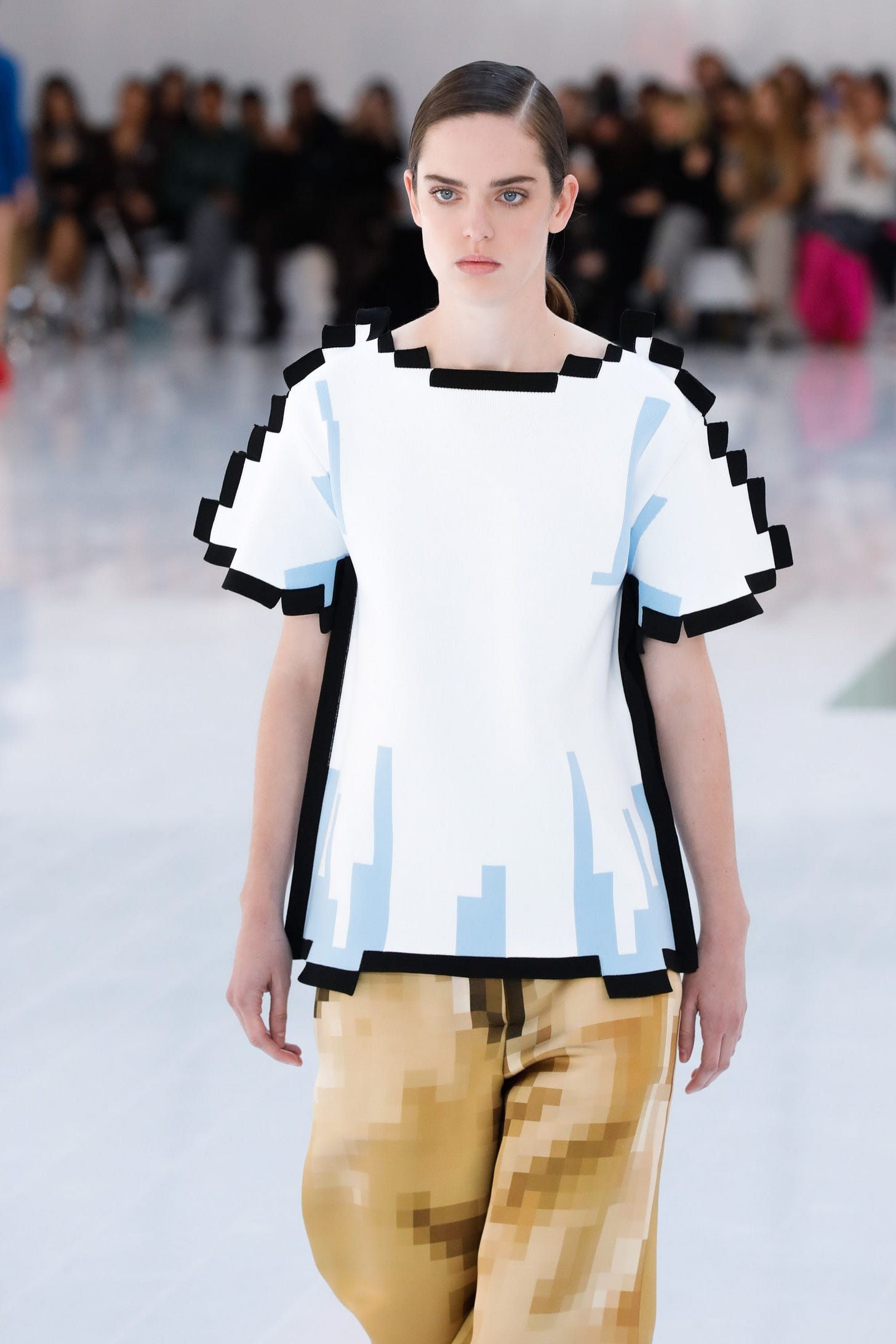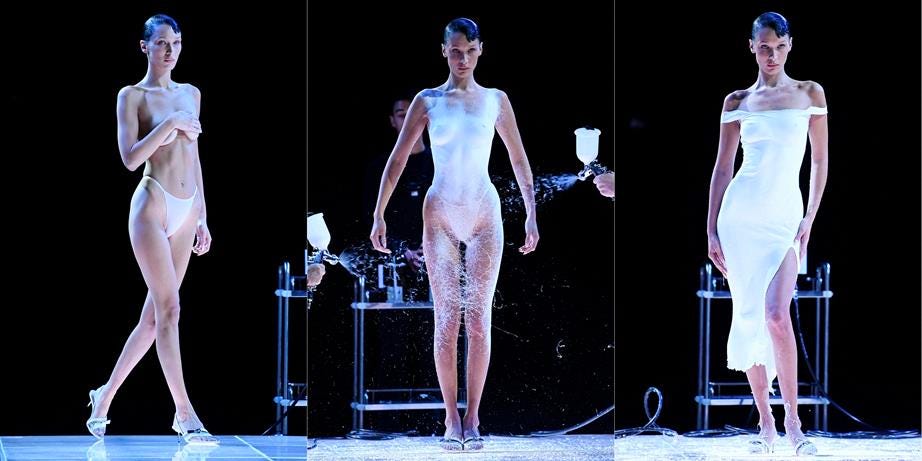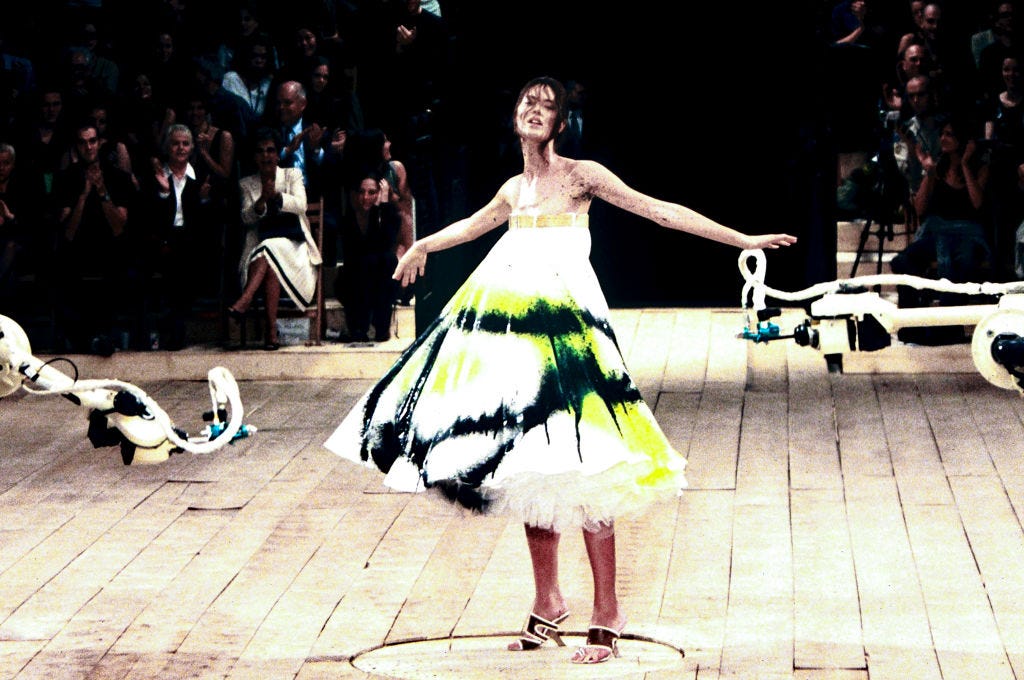Fashion brands’ interpretation of the future has recently been narrowed down to an unimaginative vision of a metaversal, virtual world. A world where fashion has been reduced and simplified for digital sandbox universes. The dominant response from the public has been that of either disappointment, bewilderment or confusion. Mostly because for the vast majority, this is not a future they can see themselves in.
Like Tim Cook, the latest tech leader to question the validity of the metaverse, pronounced last week to a Dutch business magazine:
“I always think it’s important that people understand what something is, and I’m really not sure the average person can tell you what the metaverse is.”
But this year’s Paris Fashion Week however offered an alternative interpretation of what the future of fashion could look like, one that generated a palpable sense of excitement. Concepts not completely detached from the current obsession with the metaverse, but certainly interpreted in more interesting and creative ways.
Some of the most talked about looks of PFW included garments spotted at the Loewe show - pixelated tops that offered a trompe de l'oeil as the models walked across the bleach-white floors. The photos force you to do a double take - are the outfits made from real material, or are they superimposed digital garments? Transforming physical fashion into in-game renditions often feels like an exercise in reduction and devaluation, but reversing this process, and doing so with a sense of creativity, playfulness and theatrics, feels more like a reinvention.
And then of course there was the spray-on dress at the Coperni show. The designers used a liquid fiber called Fabrican, which is bound together with polymers, biopolymers and greener solvents. All this evaporates when the spray reaches a surface and becomes a non-woven fabric.
These are benchmarks in how to present the future. They follow a successful formula:
art + technology + fashion, with a touch of slight absurdity, but also glamour.
It’s the same formula that lead to the virality of dress No. 13 from Alexander McQueen’s spring-summer 1999 presentation, worn by Shalom Harlow as it was spray-painted by two robots. It didn’t require any prior knowledge of, nor interest in new forms of technology and innovation. But yet it makes you feel something. It entertains and provokes. And as a result - despite happening over 20 years ago - survives as an image still etched into the collective consciousness. A symbol of what exciting, sexy futurism can accomplish.






